News Archive
Filter By
- Abyssinian ground hornbill
- Addax
- Aldabra tortoise
- Allen's swamp monkey
- Alpaca
- American alligator
- American avocet
- American bison
- American flamingo
- American wigeon
- Andean bear
- Aquatic caecilian
- Arapaima
- Asian elephant
- Asian small-clawed otter
- Asian water dragon
- Australian snake-necked turtle
- Bald eagle
- Baltimore oriole
- Barred owl
- Bearded emperor tamarin
- Beaver
- Bennett's wallaby
- Binturong
- Black-and-white ruffed lemur
- Black-crowned night heron
- Black-footed ferret
- Black-tailed prairie dog
- Black-throated blue warbler
- Blue-billed curassow
- Blue crane
- Bobcat
- Brown pelican
- Bufflehead
- California sea lion
- Canvasback
- Cedar waxwing
- Channel catfish
- Cheetah
- Chicken
- Chinese alligator
- Chinese three-striped box turtle
- Clouded leopard
- Collared brown lemur
- Common raven
- Common yellowthroat
- Corals and sea anemones (anthozoa)
- Cow
- Crocodile monitor
- Cuban crocodile
- Dama gazelle
- Degu
- Dunlin
- Eastern corn snake
- Eastern indigo snake
- Eastern newt
- Eastern red-backed salamander
- Eastern screech-owl
- Eld's deer
- Electric eel
- Emperor newt
- Fennec fox
- Fishing cat
- Gaboon viper
- Geoffroy's marmoset
- Gharial
- Giant leaf-tailed gecko
- Giant panda
- Goat
- Golden-headed lion tamarin
- Golden lion tamarin
- Gray seal
- Gray wolf
- Green tree python
- Grevy's zebra
- Guam kingfisher (sihek)
- Guam rail (ko’ko’)
- Guinea pig
- Harbor seal
- Hartmann's mountain zebra
- Hawk-headed parrot
- Hellbender
- Home's hinge-back tortoise
- Hooded crane
- Iranian fat-tailed gecko
- Japanese giant salamander
- King vulture
- Komodo dragon
- Kori bustard
- Kunekune pig
- Land hermit crab
- Larger Malay mouse-deer
- Lemur leaf frog
- Lesser hedgehog tenrec
- Lesser kudu
- Lion
- Loggerhead shrike
- Long-tailed chinchilla
- Long-tailed salamander
- Maned wolf
- Meerkat
- Miniature donkey
- Naked mole-rat
- North American porcupine
- North American river otter
- Northern Luzon giant cloud rat
- Northern pine snake
- Northern pintail
- Northern red salamander
- Northern snakehead fish
- Northern tree shrew
- North Island brown kiwi
- Norway rat
- Orangutan
- Orchard oriole
- Ossabaw Island hog
- Ostrich
- Ovenbird
- Pallas's cat
- Panamanian golden frog
- Patagonian mara
- Persian onager
- Philippine crocodile
- Prehensile-tailed porcupine
- Prevost's squirrel
- Przewalski's horse
- Pygmy slow loris
- Red-crowned crane
- Red-fronted lemur
- Red-rumped agouti
- Red-winged blackbird
- Red knot
- Red panda
- Red River hog
- Red ruffed lemur
- Red wolf
- Ring-tailed lemur
- Ruddy duck
- Schmidt's red-tailed monkey
- Scimitar-horned oryx
- Screaming hairy armadillo
- Semipalmated plover
- Semipalmated sandpiper
- Siamang
- Sitatunga
- Sloth bear
- Southern lesser galago
- Southern swamp sparrow
- Southern tamandua
- Spider tortoise
- Striped skunk
- Tanagers
- Tentacled snake
- Tiger
- Titi monkey
- Turkey
- Twig catfish
- Two-toed sloth
- Vietnamese mossy frog
- Virginia opossum
- Von der Decken's hornbill
- Western lowland gorilla
- White-cheeked gibbon
- White-faced saki
- White-naped crane
- White-nosed coati
- Whooping crane
Displaying 651 - 675 of 2363 articles.
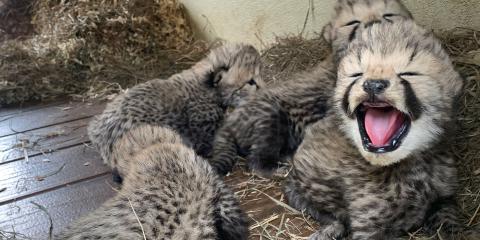
Cheetah #Cubdate 2: April 14
Today was a big day for keepers and cheetah cubs alike. For the first time, keepers were able to approach the four cubs born April 8. Learn more in this Q&A with cheetah biologist Adrienne Crosier.
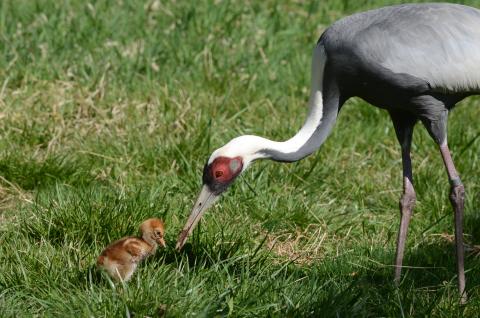
White-Naped Crane Hatches at the Smithsonian Conservation Biology Institute
Bird keepers at the Smithsonian Conservation Biology Institute (SCBI) in Front Royal, Virginia, are celebrating the arrival of a female white-naped crane chick that hatched April 2. She is the fourth chick for parents Brenda and Eddie and is the 46th to hatch at SCBI.

Cheetah #Cubdate 1: April 10
A brief #cubdate on cheetah Echo and her four newborn cubs. Watch them live on the Cheetah Cub Cam.
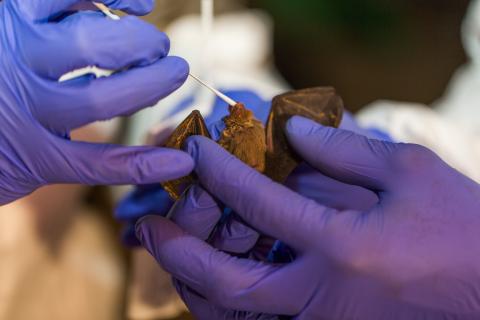
Smithsonian Scientists Discover Six New Coronaviruses in Bats
Researchers with the Smithsonian’s Global Health Program have discovered six new coronaviruses in bats in Myanmar — the first time these viruses have been detected anywhere in the world. Future studies will evaluate the potential for transmission across species to better understand the risks to...
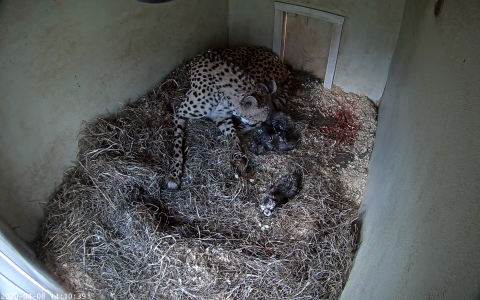
Cheetah Cubs Born at the Smithsonian Conservation Biology Institute
Carnivore keepers at the Smithsonian Conservation Biology Institute in Front Royal, Virginia, are about to welcome a litter of chirping cheetah cubs. Five-year-old female Echo is having contractions and birthed one cub already shortly after 11 a.m., which can be viewed via the Cheetah Cam.
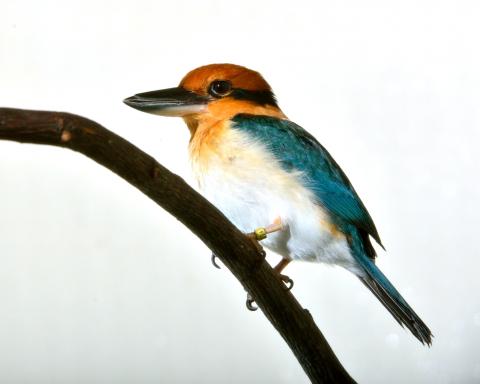
Guam Kingfishers: A Truly Rare Breed
As an animal keeper at SCBI, some of my favorite birds to work with are small but sassy. Guam kingfishers certainly fall into this category. We have three pairs to introduce during this year's breeding season, so we have our work cut out for us.
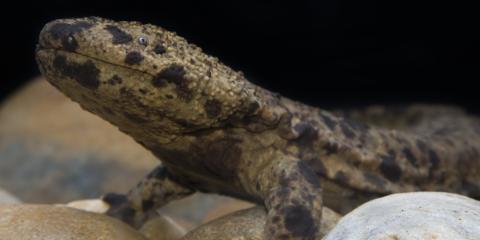
New at the Zoo: Japanese Giant Salamander
A supersized salamander recently debuted at the Smithsonian’s National Zoo’s Reptile Discovery Center. Get the scoop on these freshwater giants from keeper Kyle Miller.

Preparing for Cheetah Cubs
Here at the Smithsonian Conservation Biology Institute in Front Royal, Virginia, the carnivore team is gearing up for a very special arrival: cheetah cubs! As one of 10 facilities in the Cheetah Breeding Center Coalition, we study the behavior, biology, health and reproduction of these rare cats.

School is in Session for Clouded Leopard Cubs
Asia Trail keepers Jenny Spotten and Charlie Shaw discuss the Zoo's clouded leopard cubs' latest training triumphs.
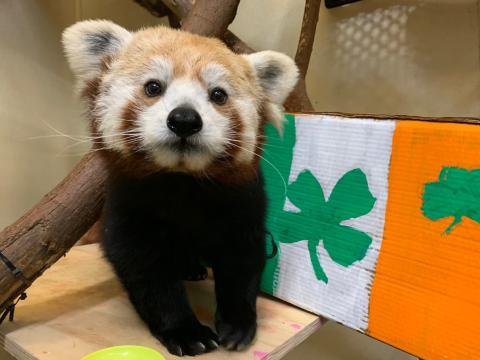
Bringing the Zoo to You: March 2020 Edition
From flamingo courtships to weekly weigh-ins for the African lions, the Smithsonian’s National Zoo is buzzing with beastly activity behind the scenes!

Fantastic Beasts of the Great Plains
Smithsonian ecologists worked with American Prairie Reserve staff to fit bison with GPS ear tags. Their movement study will help researchers understand how bison move and use the landscape at the Reserve in Montana.
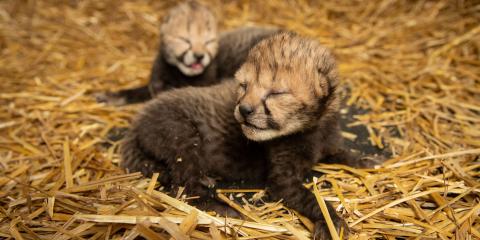
Saving Cheetah Cubs One Drop of Milk at a Time
A special delivery of cheetah milk recently arrived at the Smithsonian's National Zoo's milk bank (the largest milk repository in the world). Find out what researchers hope to learn from this unique milk sample.
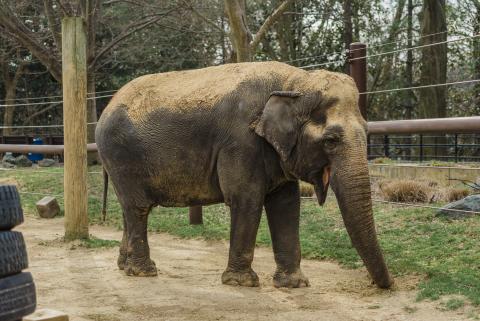
Elderly Asian Elephant Ambika Dies at Smithsonian’s National Zoo
The Smithsonian’s National Zoo community is mourning the loss of Ambika, the beloved eldest member of its Asian elephant herd. She was humanely euthanized yesterday, March 27, following a recent and irreversible decline in her health.
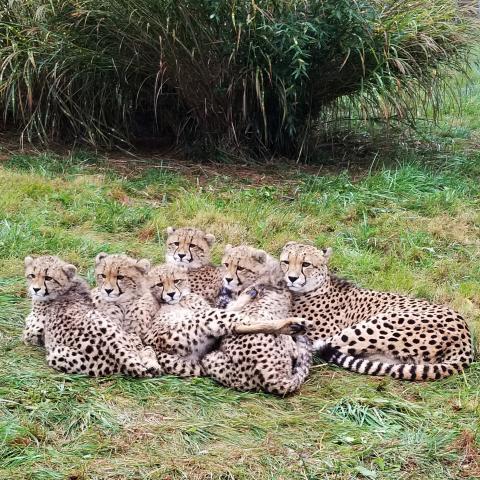
Two Animals Die at Smithsonian Conservation Biology Institute
Animal care staff at the Smithsonian Conservation Biology Institute are mourning the loss of two rare species—a cheetah and an Eld’s deer.

Giant Panda Mei Xiang Is Artificially Inseminated at the Smithsonian’s National Zoo
A team of reproductive scientists, veterinarians and panda keepers at the Smithsonian’s National Zoo performed an artificial insemination on giant panda Mei Xiang, March 22, at 9:45 a.m.
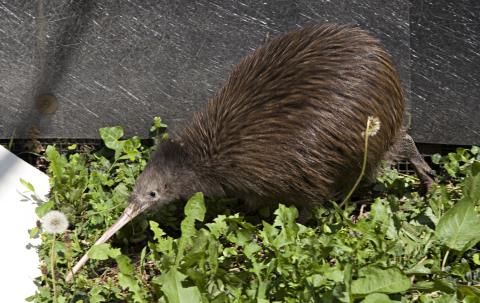
Two Brown Kiwi Die at Smithsonian Conservation Biology Institute
Animal care staff at the Smithsonian Conservation Biology Institute are mourning the loss of two kiwi.

Celebrating National Panda Day
Happy national panda day! Here at the Smithsonian’s National Zoo’s Asia Trail exhibit, we are celebrating with giant pandas Mei Xiang and Tian Tian, as well as our red panda pair, Asa and Jackie.

COVID-19 Update
All Smithsonian museums, including the National Zoo, continue to be closed to support the effort to contain the spread of COVID-19.

Learning More About Panda Health One Drop of Blood at a Time
You may not like needles or giving blood when you go to the doctor’s office, but did you know that blood is an important diagnostic tool for veterinarians? When an animal is feeling sick, obtaining a blood sample for analysis is often one of the very first steps a veterinarian takes.

Spring Events at Smithsonian’s National Zoo
The Smithsonian’s National Zoo is hosting several events in April and May, 2020, including Earth Optimism on Easter Monday; International Family Equality Day; Wildlife Migration Day; and Bite Night: ZooFari.
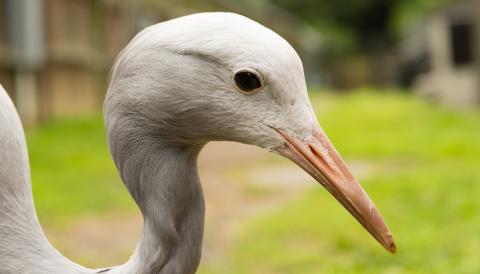
Featured Creature: Alice the Stanley Crane
Stanley crane Alice is unlike any other bird of her species. Hand-raised by keepers, she has a sweet temperament and joyous personality. When she sustained a leg injury last summer, animal care staff rallied around Alice and found an innovative solution to help her thrive. Keeper Debi Talbott shares...
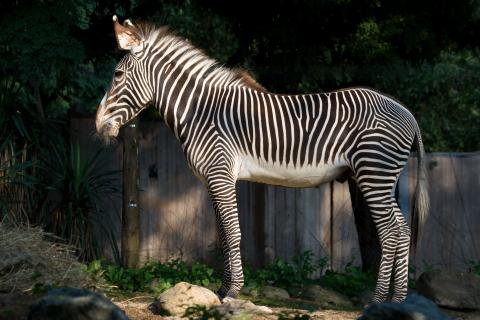
How Do You Train a Zebra?
How do keepers safely care for an 850-pound Grevy's zebra? By incorporating training into his everyday routine. Find out more in this update from animal keeper Regina Bakely.
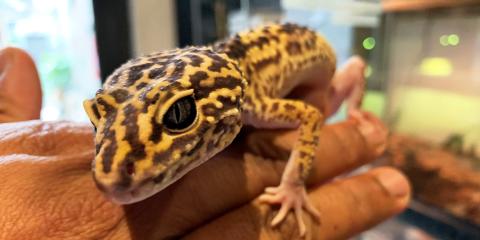
New at the Zoo: Iranian Fat-Tailed Gecko
Two mysterious and secretive residents recently arrived at the Reptile Discovery Center: Iranian fat-tailed geckos! Get the scoop on this rad brother-sister duo from animal keeper Sara Hasenstab.

Head of SCBI's Global Health Program Testifies on Zoonotic Disease
Dr. Suzan Murray, head of the Smithsonian Conservation Biology Institute’s Global Health Program testifies on zoonotic disease transmission.
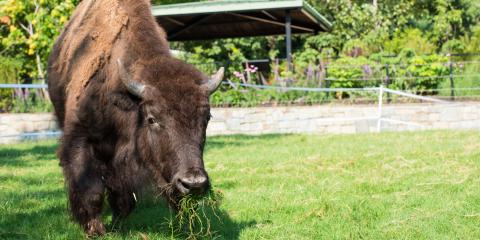
Bison Dies at Smithsonian's National Zoo
The Smithsonian’s National Zoo humanely euthanized Zora, a 7-year-old bison, earlier today.
